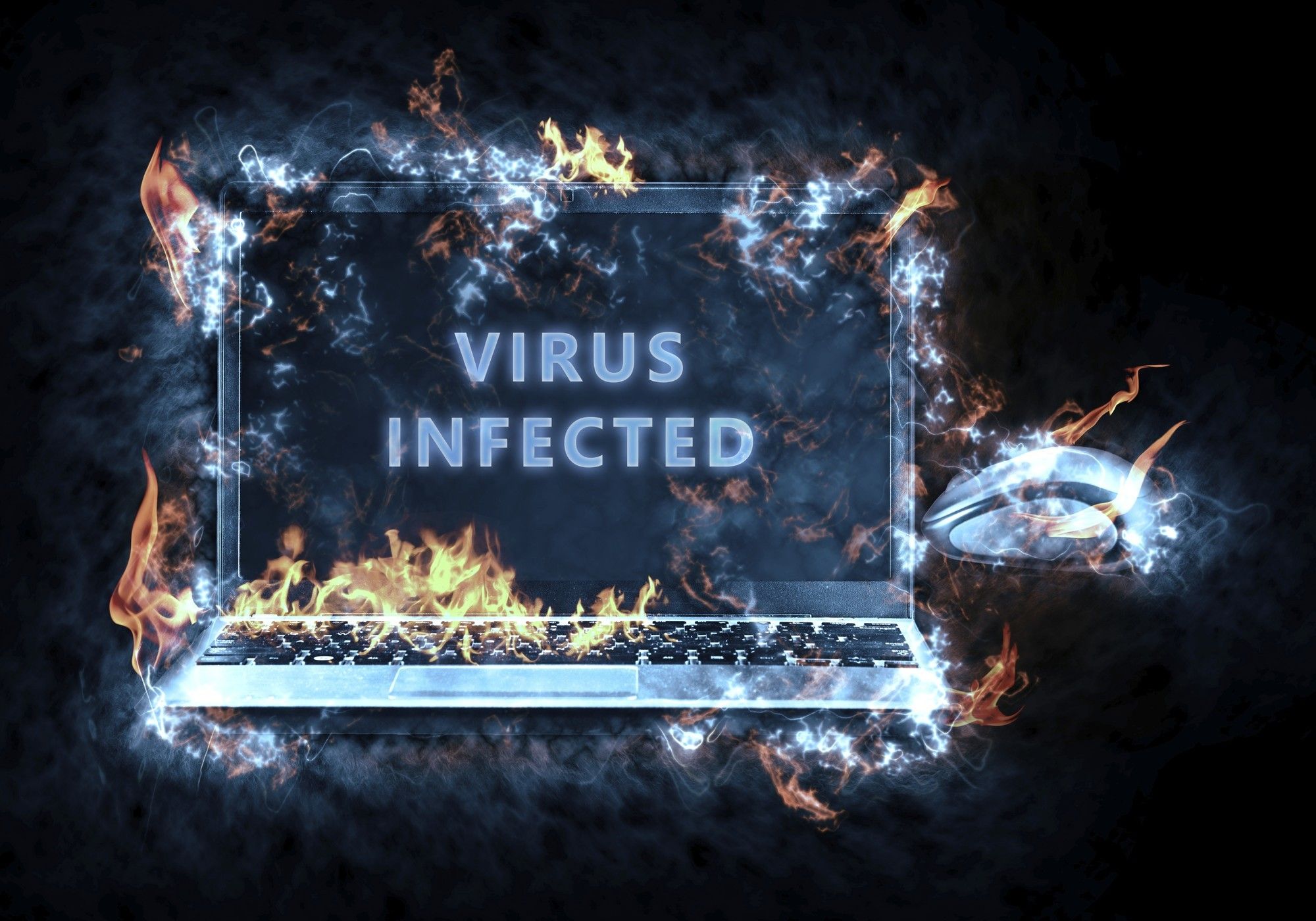Best Ways To Tell If Your PC Is Infected
A good spring cleaning is invaluable—and your computer can benefit from a solid scrub right along with the details of your home. We've all experienced computer slowdowns, which are, at times, legitimate: a large series of files moving on to our desktop, or a new software program or app we want to upload. Sometimes, though, there are sinister workings at play that make us think Gremlins are hiding behind our screen.
How easy is it to pick up a computer bug? Unfortunately, infecting your PC is much easier than you may think. A simple rogue file can hitchhike, and attach itself, along with what we believe is a legitimate download. Web sites are also notorious for being littered with viruses—sometimes just surfing to a web page can infect your computer.
A computer bug is not something to ignore either—negatively affecting both consumers and businesses of all sizes. Losing personal data is devastating—and finding out that your company details have been obliterated can mean damage that is hard for small firms, in particular, to recover from quickly. Have a backup plan? Excellent. But keeping your PC clean and working smoothly is another piece to add to any well-developed data disaster strategy.
As exciting as the Internet of Things (IoT) can be in our lives, these devices are also adding a new security concern to our technology play. As we link more devices to each other—and then through our Internet connection—keeping our IoT system clean (read: clean of viruses) is crucial. Why? Because a virus that infects one device infects them all.
One of the first places to start, then, is with the most basic of your tools: Your PC. Luckily, the folks at 360 Total Security have created a flow chart to help you diagnose, then find the right steps to see if your PC is just a bit tired, or in need of some deep cleaning. At least, this may be a good place to start.
